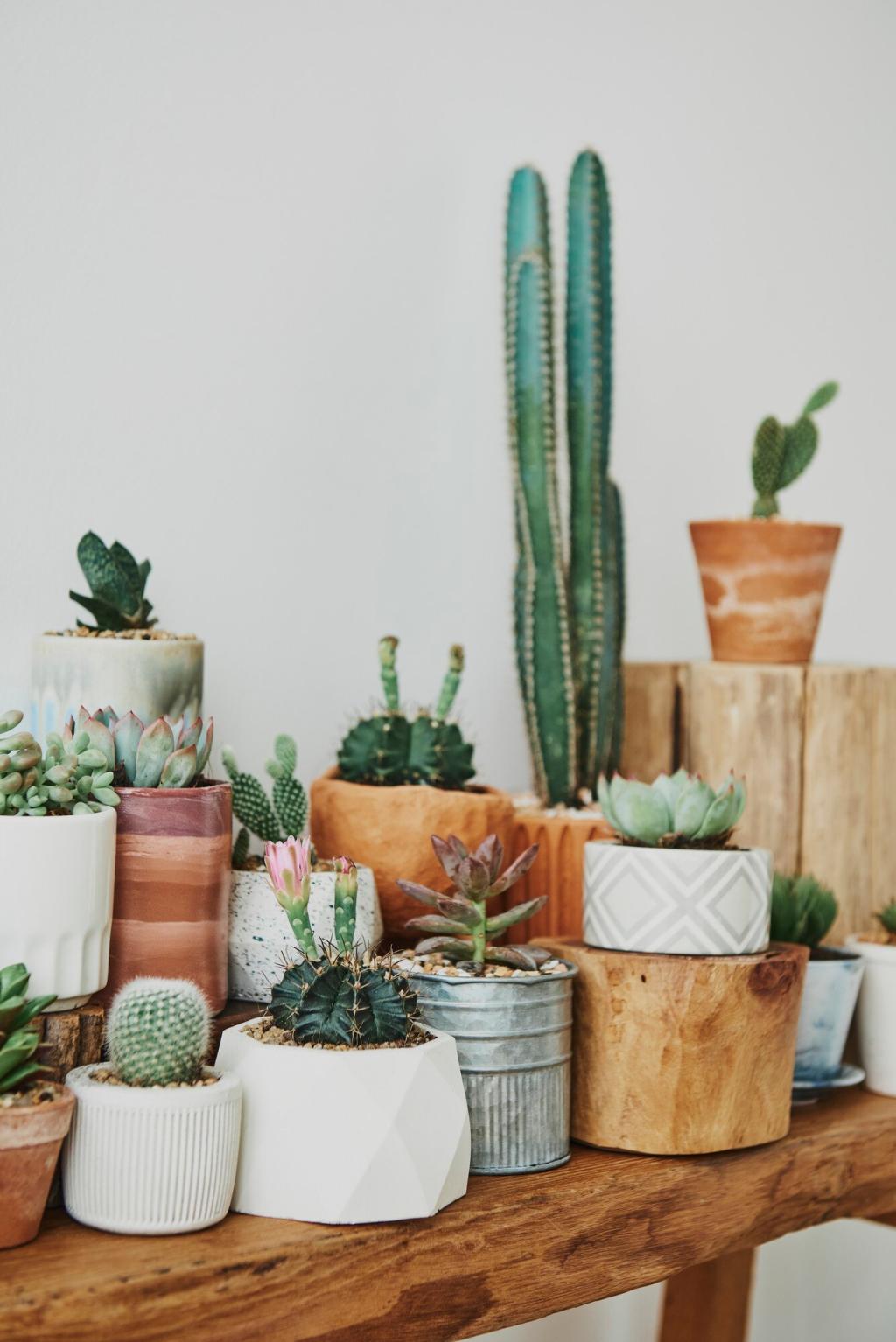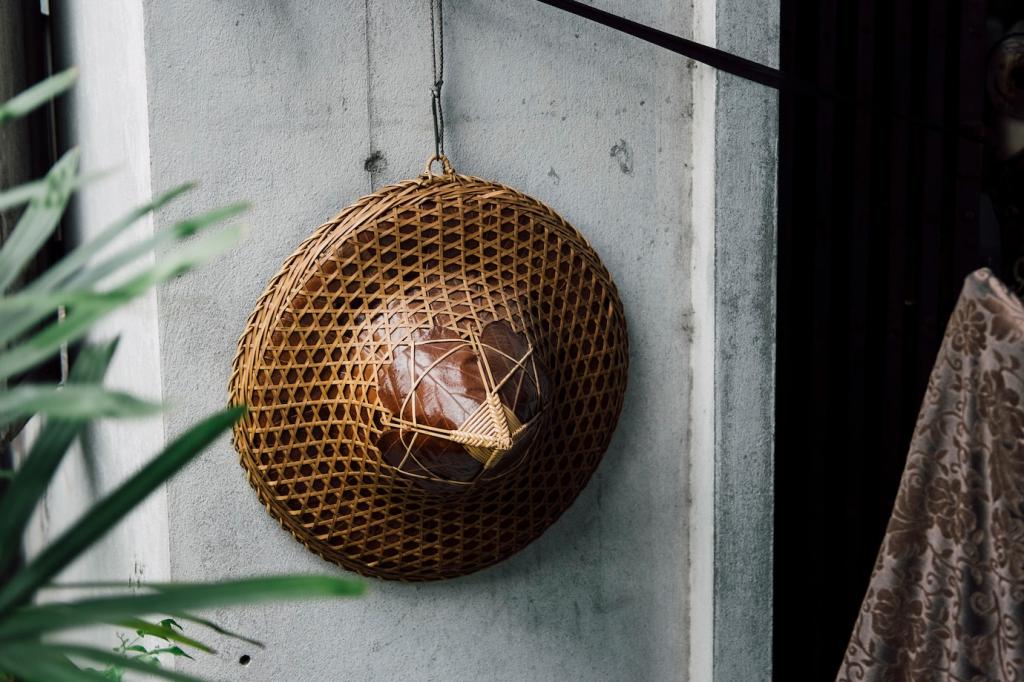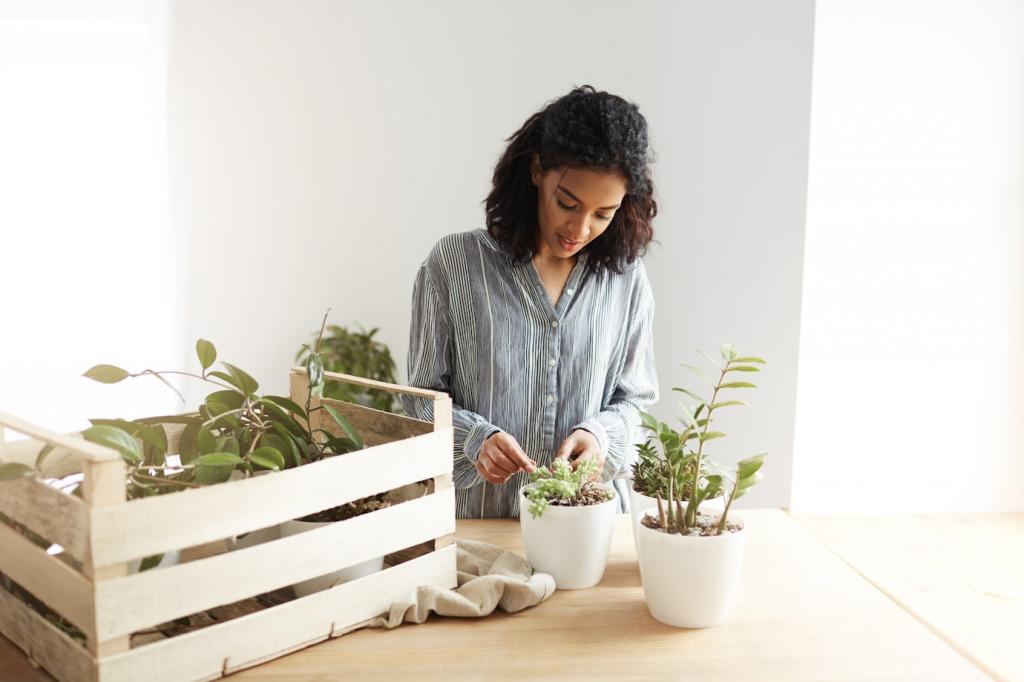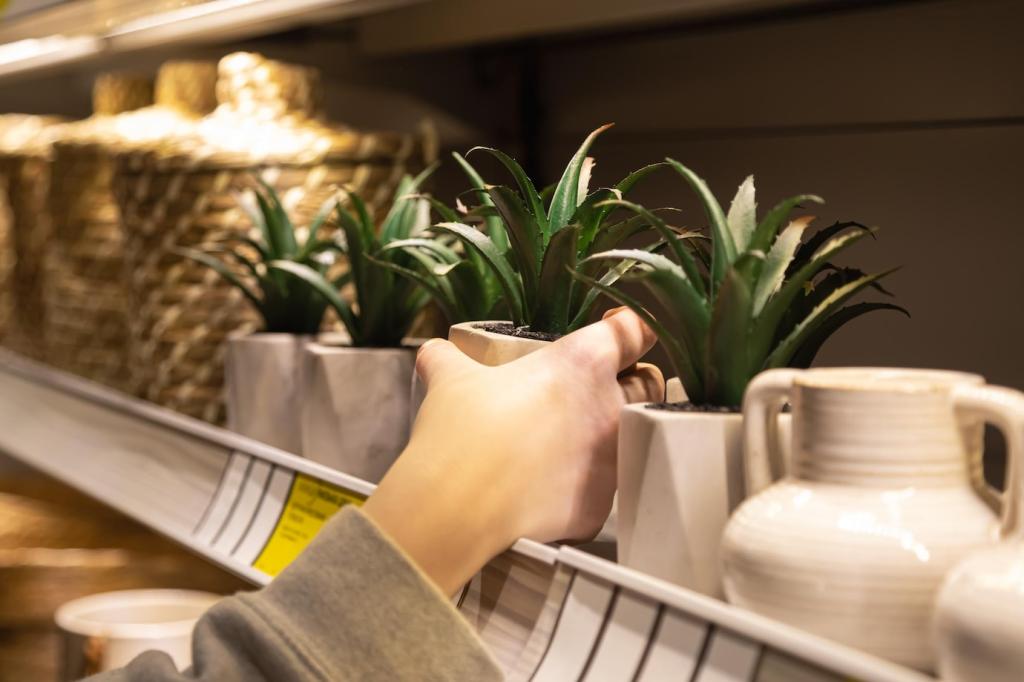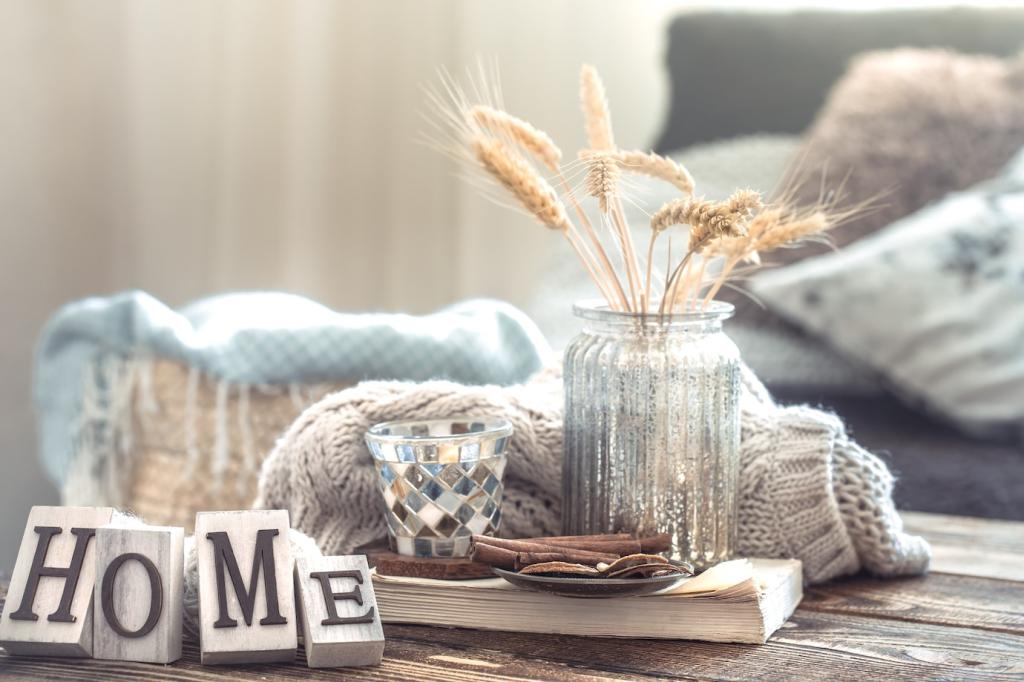Your Next Step: Sourcing, Shortlisting, and Community Input
List room needs, traffic levels, pets, moisture exposure, and budget. Match them to two or three eco-friendly flooring options, then order samples. Handling real materials under your lighting prevents surprises and helps you decide decisively without second guessing.
Your Next Step: Sourcing, Shortlisting, and Community Input
Ask for certifications, EPDs, VOC data sheets, and warranty terms. Inquire about recycled content, finish chemistry, and take-back programs. Local mills, salvage yards, and reputable brands can provide transparency that empowers confident, planet-positive decisions.
Your Next Step: Sourcing, Shortlisting, and Community Input
Comment with your room dimensions, climate, and preferred materials, and subscribe for our eco-flooring mini-guide. Your questions, photos, and lessons learned will help other readers choose greener floors that feel good today and still feel right years from now.


